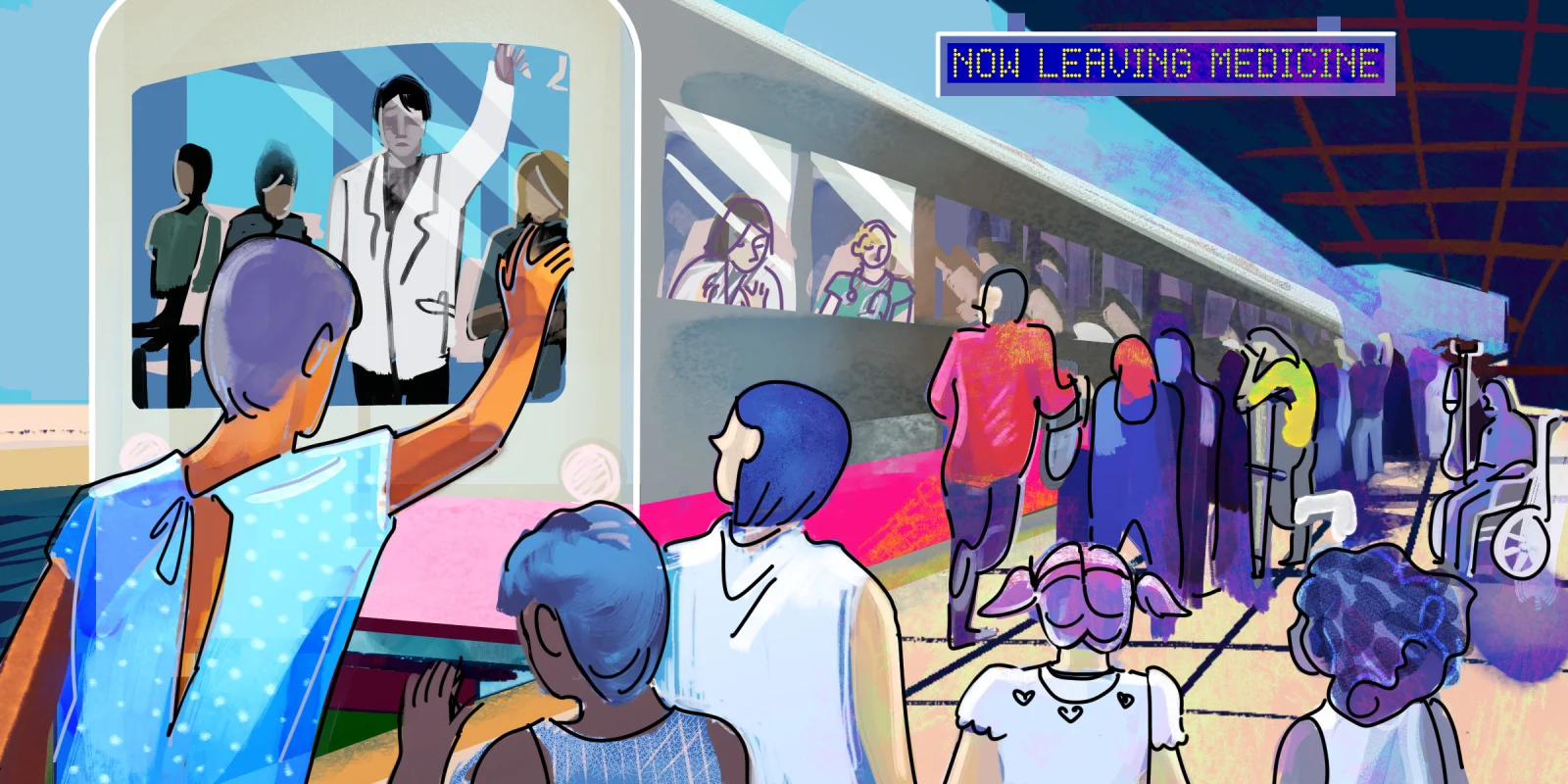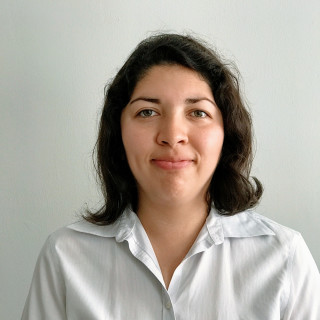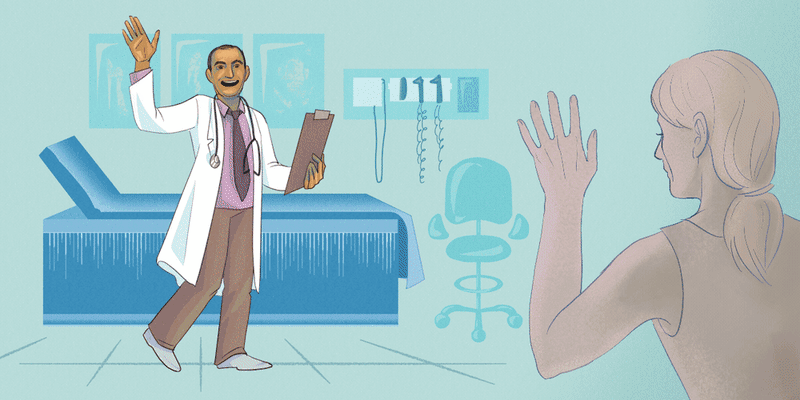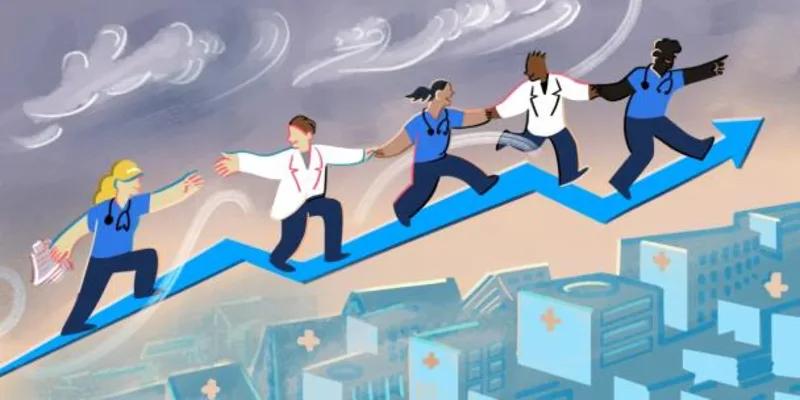This January, it took me four hours of calling eight different phone numbers to establish care with a PCP. I was not successful. In fact, during these calls I learned that there are no primary care openings for new patients in the entire network of my health plan — something I have found to be quite remarkable in a metropolitan area surrounded by more than a handful of large academic medical centers. I was placed on a waitlist, with the best case scenario described as likely a telemedicine appointment in six months.
I am lucky to be healthy, but what I thought would be an easy process to assess a minor leg injury became a costlier issue — both for myself in terms of time, and for the health plan in terms of specialist visits and unnecessary imaging. Sadly, this situation is not unusual. In my time as a PCP I have often heard from patients how hard it is to get an appointment, how long the wait is, and how few other options they had. As a physician, I’d always felt embarrassed and apologetic for our health care system — but it took becoming a patient to really understand the frustration and possible outcomes of such delays.
The news warns of an impending physician shortage, but “impending” makes it sound like it’s something we can worry about later, when in fact, the shortage has already started to wreak havoc in some hospitals and clinics. I can imagine a scenario where a patient in my same city could be waiting for those six months to establish care, to be referred to specialists, to get refills of their medications: nephrology, psychiatry, rheumatology; lisinopril, clopidogrel, metformin. Some patients will find another way, probably one that’s more expensive. Others will wait, with the very real possibility of life-altering consequences. As with many other crises, this physician shortage stands to widen the gap of inequity — the sickest and the poorest will probably be affected first and worst.
The path for how we got here is multifactorial: a few of the many factors include years of limited funding for residency positions; policies that make it difficult for foreign medical graduates to put their skills to use in the U.S.; the relatively lower compensation of PCPs; and the burnout-inducing EHR inbox. These factors are all working together to limit the supply of new physicians and squeeze the existing ones out of sanity.
As a case in point, a few years ago I met a physician who was a little over 10 years into primary care practice. She had recently announced that she would be leaving her medical group. People would ask where she was going next. “Nowhere in particular,” she’d say. “I just need to regroup.” She told me of a time early in her career during which PCPs could truly be the quarterbacks of patients’ care. A time when she felt connected to her patients, when clerical work took less than 15 minutes of her workday, when her compensation was commensurate with her work responsibilities. She felt those days had passed. I wonder: What could we have done differently to keep this PCP doing what she used to love?
There are proposals out there to address the physician shortage by increasing medical school enrollment, creating pipeline programs, or training more physicians — options that would not have a payoff for many years. Our health system needs to also consider options that are available on a more immediate timeline that could help retain our existing PCPs. Some of these include decreasing or eliminating state licensing/DEA and other such administrative fees for active PCPs; increasing primary care compensation to reflect the true workload; creating loan forgiveness programs that pay off incrementally over time and not only at the end of time served; training all members of a clinical staff to collaborate in team-based care; investing in the training of APPs to expand access to quality care; and continuing to pursue nationwide participation in the interstate medical licensure compact to facilitate physician licensing and improve virtual care access.
The steps listed above are just a few ideas aimed at retaining and growing the primary care workforce. The current shortage is an escalating problem that stands to widen the gap of health care disparities; for some it may lead to far worse consequences than me having to wait six months to establish care with a new PCP. The shortage of physicians is not unique to primary care, but without the “quarterbacks'' of our health care system, coordinated patient care stands to unravel.
The law says I have to have health insurance, but this doesn’t seem to guarantee access to quality care. It is time that policies are put into place to tackle this ever-growing problem — as for some patients, six months is far too long to wait.
How has the physician shortage affected your patients? Share in the comments.
Dr. Raquel Rodriguez is a family medicine physician, currently practicing telemedicine from everywhere. She is passionate about applying technology, design, and policy innovations to improve patient care and the health of underserved populations. She tweets, rarely, at @racoolnessmd. Dr. Rodriguez is a 2022–2023 Doximity Op-Med Fellow.
Illustration by April Brust







